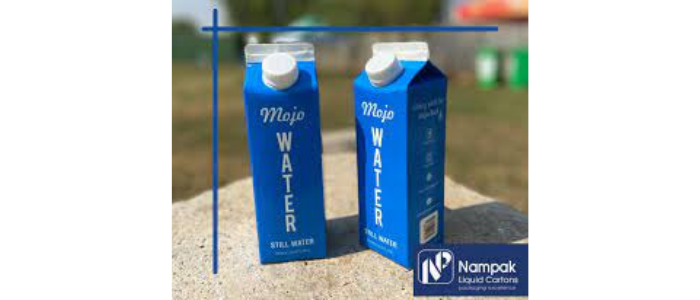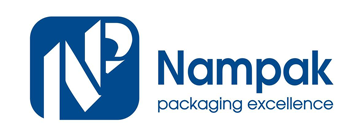
As we mark Earth Day, questions will be asked on what progress we are achieving to stop, prevent and reverse the degradation of our planet. This year’s theme is ‘Restore Our Earth’, based on the concept that collectively we can do more than just mitigate the effects of environmental damage but actively work to restore and rebuild the ecosystems on which we depend for our well-being.
Paperboard packaging can have an important role in making a positive difference to the environment – from reducing waste and carbon emissions that destroy our natural ecosystems, to encouraging a circular economy that contributes to a more sustainable future.
Reduce our environmental impact
One of the biggest dangers to our ecosystems is our waste problem. Plastic is of particular concern as it does not easily degrade, and if it ends up as a pollutant in our environment, can have a detrimental impact on life. It is predicted that if plastic production continues at predicted rates, it will outweigh fish in our oceans by 2050.
Furthermore, the waste that is dumped in landfills releases methane and carbon dioxide, major greenhouse gases that contribute to global warming. In addition, approximately 40% of the world’s trash is burned in open landfill sites, also emitting dangerous levels of carbon dioxide, and posing a large-scale risk to our atmosphere.
The case for recycling stands stronger than ever in diverting waste from our landfills and therefore reducing global warming. Unfortunately, not all efforts to recycle are utilised at an equal rate. According to a report by the World Economic Forum, only 14% of plastic is collected for recycling, compared to 58% of paper globally. In South Africa, RecyclePaperZA says this recovered paper saved 3.6 million cubic meters of landfill space in 2019.
When it comes to a carton packaging solution to lessen the load on landfills, liquid paperboard cartons are made from paper and are 100% recyclable. Once collected and pulped, the cartons’ paper fiber is reused to make a wide range of other paper and cardboard products. The polyalu component can also be separated and recycled to create items, such as furniture and roof tiles.
Material matters in carbon footprint
It’s not just in recycling where paperboard packaging helps to lower carbon emissions. Nampak liquid paperboard cartons are primarily made from paper sourced from responsibly managed forests, making this form of packaging renewable. This means that they are made from trees that are sustainably grown, harvested, and replenished. These trees capture and store atmospheric carbon for the length of their product life cycle, and in some cases, beyond, as paper recycling keeps the carbon locked in for even longer.
Additionally, paperboard cartons are light in weight and space-efficient, which helps to lower their carbon footprint. Before filling, the cartons are transported as a flat-pack, which is more efficient than PET or glass bottles, and then the square shape of the filled product is easy to pack tightly together. Therefore, the cartons require less fossil fuel to be transported.
The circular economy
As a liquid paperboard manufacturer, we ensure our materials are derived from renewable sources, and support increasing recycling rates and the reuse of materials where possible. This creates a closed manufacturing loop that can be difficult to accomplish with other packaging products. In this circular economy, the producer and the consumer can both reduce their environmental impact by minimising waste and maximising the sustainable use of resources.
Restoring our earth is not a simple journey but making eco-conscious decisions when it comes to carton packaging is one small step that can contribute to a bigger positive impact on our planet.
For more information, visit www.nampak.com




